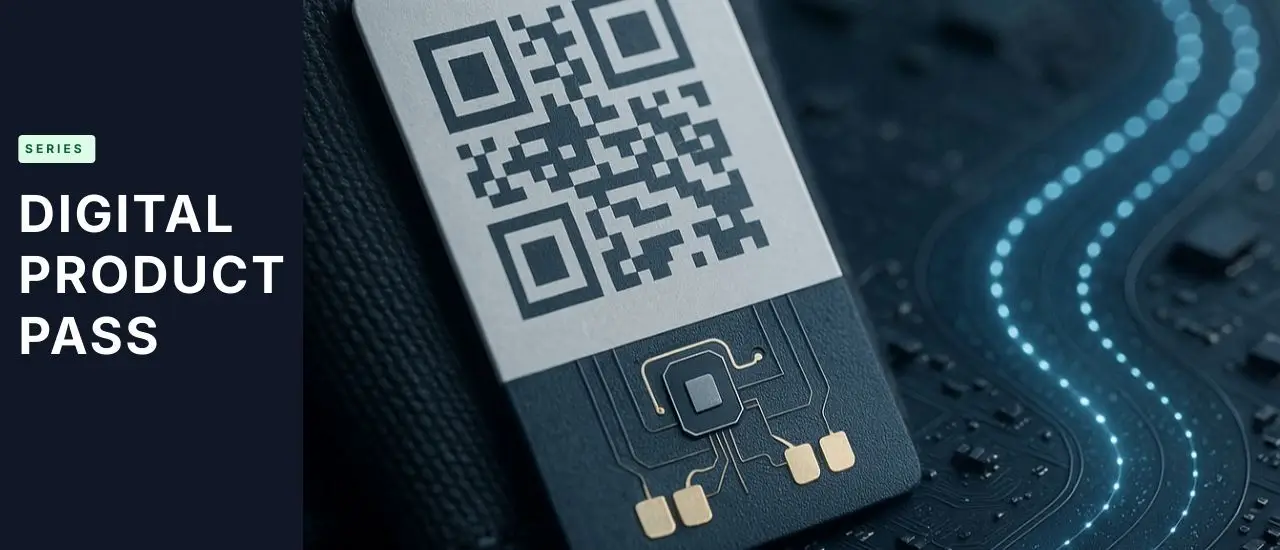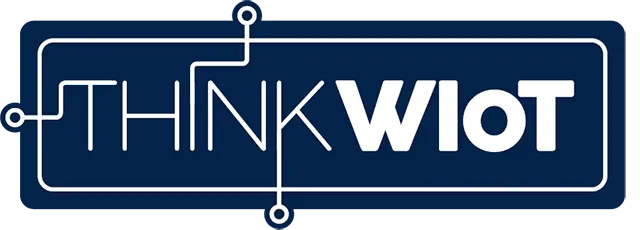Interview with Etsuro Inamoto
1. How has structural health monitoring evolved with the introduction of wireless IoT technology? What kind of sensors are used?

Etsuro Inamoto was appointed CEO of E-Garde in 2020. Since taking over the company, E-Garde has made several innovative leaps in product development. This includes the development of biodegradable smart cards in 2021, and printed circuit board production in 2022. In 2023, E-Garde launched the first UHF RFID sensor tag that is able to detect corrosion in metals.
Etsuro Inamoto: Structural health monitoring is essential to ensure that infrastructure remains in optimal condition. Traditionally, this process has been done through physical inspections. However, with the development of wireless IoT technologies, remote monitoring systems are now possible.
By using smart sensors, the structural health of infrastructure can be monitored at any time, from any location. This remote health monitoring makes it easier to detect damage or problems within the infrastructure. This leads to better maintenance planning.
Many different types of sensors are used in structural health monitoring. The most common types are strain, vibration, crack detection, and tilt sensors, as well as piezometers. These sensors measure different parameters and collect data for further analysis. Strain sensors are used to monitor torsion, bending, tension, compression, and loads on structures like bridges or buildings, for example.
Etsuro Inamoto: Structural health monitoring is essential to ensure that infrastructure remains in optimal condition. Traditionally, this process has been done through physical inspections. However, with the development of wireless IoT technologies, remote monitoring systems are now possible.
By using smart sensors, the structural health of infrastructure can be monitored at any time, from any location. This remote health monitoring makes it easier to detect damage or problems within the infrastructure. This leads to better maintenance planning.
Many different types of sensors are used in structural health monitoring. The most common types are strain, vibration, crack detection, and tilt sensors, as well as piezometers. These sensors measure different parameters and collect data for further analysis. Strain sensors are used to monitor torsion, bending, tension, compression, and loads on structures like bridges or buildings, for example.

Etsuro Inamoto was appointed CEO of E-Garde in 2020. Since taking over the company, E-Garde has made several innovative leaps in product development. This includes the development of biodegradable smart cards in 2021, and printed circuit board production in 2022. In 2023, E-Garde launched the first UHF RFID sensor tag that is able to detect corrosion in metals.
2. How does the Infrastructure Health Tag work to detect the presence of corrosion?
Inamoto: The Infrastructure Health Tag is a batteryless UHF RFID tag with an integrated sensor. This sensor is capable of detecting electrical currents based on resistance values in the layer of sacrificial metal. Sacrificial metal is used to protect another metal from corrosion.
This type of metal is often used to detect damage in water heaters, tanks, refineries, ship hulls, and pipelines. It is also used in metal components of bridges.
This tag can detect whether sacrificial metal is functioning properly. Certain data will change if the sacrificial metal isn't working well due to corrosion. The data captured by the tag is stored until it is read by a UHF RFID reader. In the event of corrosion, maintenance workers can be dispatched.
Batteryless UHF RFID Tag
What are the benefits of using a batteryless UHF RFID tag for structural health monitoring? Can you give a real-world example?
E-Garde
- RFID hardware manufacturer
- Clients: From all industries both domestically and worldwide
- Products: Special RFID and dual frequency tags, keyfobs, wristbands, and smart cards
- Applications: Access control, infrastructure health monitoring, temperature monitoring, asset tracking
Inamoto: Self-powered tags have several advantages over battery-powered tags. These tags use energy harvesting to operate. They are powered by signals from an RFID reader.
This eliminates the need to replace batteries and therefore requires less maintenance. Installation is also easier. These tags can be attached to structures or materials such as metal. Our Infrastructure Health Tag can last over 20 years.
It is currently being used to detect the cracking of metal in a major aerospace company in Japan.
Inamoto: Self-powered tags have several advantages over battery-powered tags. These tags use energy harvesting to operate. They are powered by signals from an RFID reader.
This eliminates the need to replace batteries and therefore requires less maintenance. Installation is also easier. These tags can be attached to structures or materials such as metal. Our Infrastructure Health Tag can last over 20 years.
It is currently being used to detect the cracking of metal in a major aerospace company in Japan.
E-Garde
- RFID hardware manufacturer
- Clients: From all industries both domestically and worldwide
- Products: Special RFID and dual frequency tags, keyfobs, wristbands, and smart cards
- Applications: Access control, infrastructure health monitoring, temperature monitoring, asset tracking
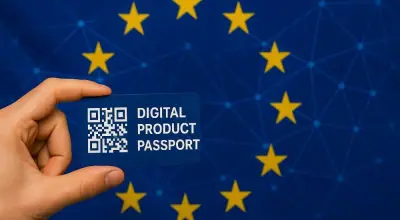
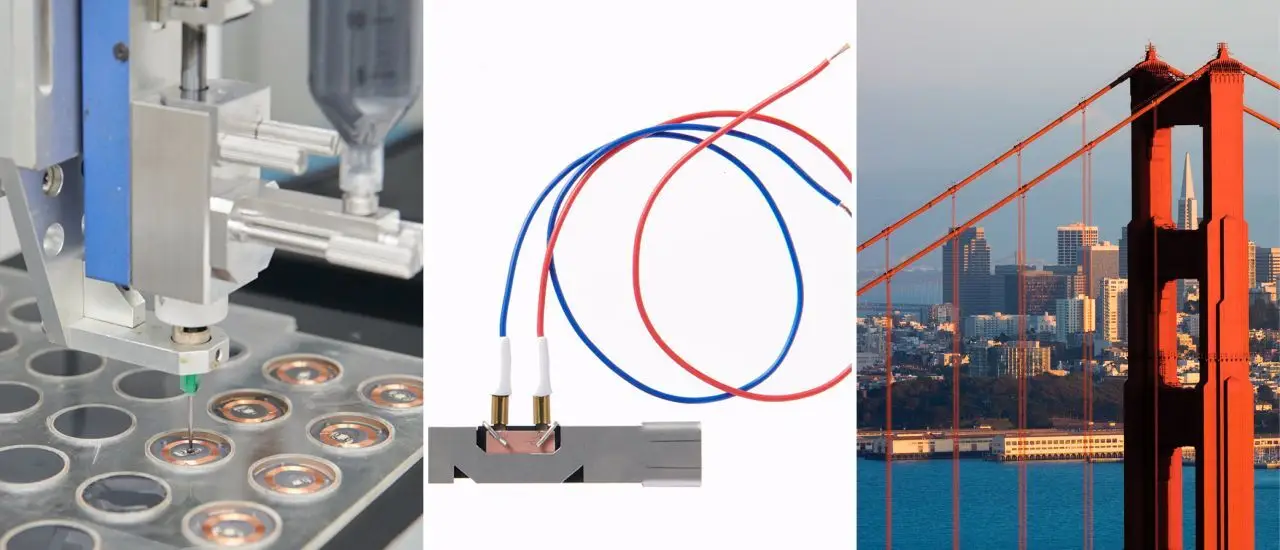
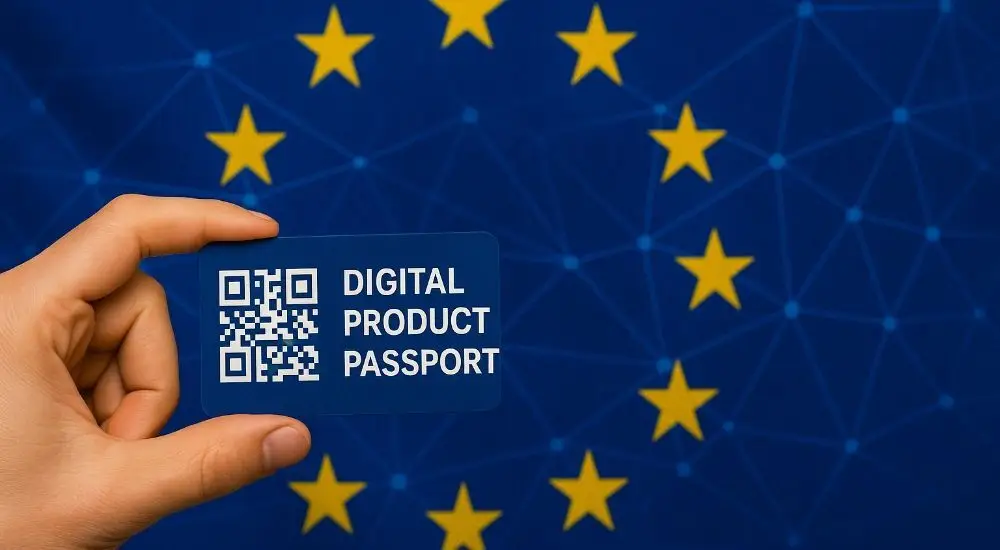
-über-Wi-Fi-HaLow-responsive.webp)
